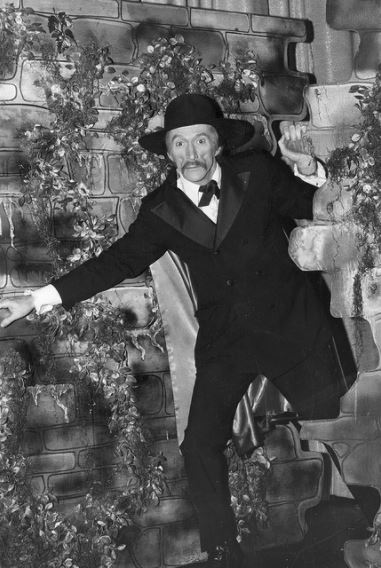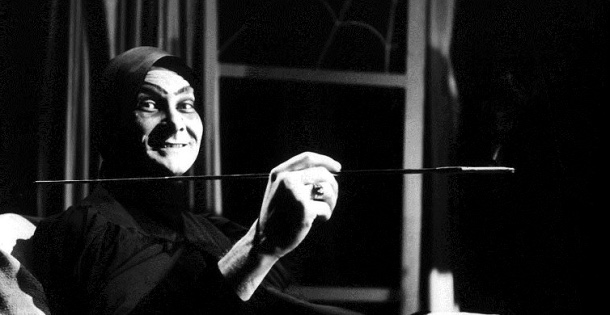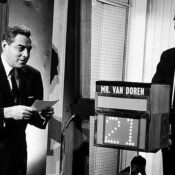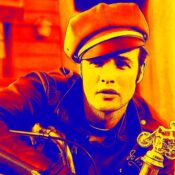Nobody likes to watch scary movies alone. A charming onscreen host to break up the tension of Son of Dracula or (god forbid) The Wasp Woman with spooky shtick was a successful television formula for decades.
Vampira was one such horror hostess, and probably the first, in 1954. In KABC-TV’s The Vampira Show, the femme fatale with a 17-inch waist creeps toward the camera through a foggy cemetery and lets out a shriek. “Screaming relaxes me so,” she says. Every horror host had a signature introduction and tone, from Doctor Lucifer and Sammy Terry to Sinister Seymour and Elvira. When did these ghoulish emcees die off?
The start of the midnight movie phenomenon is documented in the Post’s 1958 article, “TV’s Midnight Madness.” When Associated Artists Productions and Columbia Picture’s Screen Gems starting selling packages of old monster movies to local television stations in 1957, it seemed the dated, cheesy films would need an extra element to appeal to audiences. Philadelphia’s John Zacherle played a tall undertaker-like character named Roland in WCAU’s Shock Theater. His gimmicky sketches and interaction with viewers alongside films like Cry of the Werewolf and Murder on a Honeymoon were a big hit. In fact, “an American Research Bureau survey showed it even outranking such network favorites as Ed Sullivan and Studio One,” and “in some cities, the weirdie films earned ratings for their stations 10 or 12 times what they had been.” A new style of television was born.
Various manners of horror hosts spawned across the U.S.: snarky, outlandish, creepy, and shocking. Fan letters were a staple in Zacherle’s show. When he asked fans to send in three hairs from their head to make a pillow for his undead — and offscreen — wife, 23,000 letters came into the station.

In Los Angeles and New York City, Fright Night was a long-running program with hosts Larry Vincent and, later, Moona Lisa. Elvira’s Movie Macabre replaced the show in 1981 and pushed the envelope of horror hosts with its sexually suggestive goth bombshell. Elvira’s risqué quips and criticism of the show’s B-horror features earned her a top spot in cult fandom.
Today, horror hosts are as much a part of nostalgia as the monster movies they often introduced. With the transformation of television to cable providers and streaming services, local talent decked out in capes and fangs doesn’t make the airwaves anymore. That isn’t to say that horror has gone away; the genre is as popular as ever. Last month the newest film adaptation of Stephen King’s It opened to the most successful weekend in horror movie history. On television, episodic horror series are ever-popular. American Horror Story, The Walking Dead, and Stranger Things have masses of viewers. Even The X-Files is getting a second chance.

In “TV’s Midnight Madness,” author Roul Tunley claims that Western society’s fascination with fright traces back to Greek theater and was prevalent in Shakespeare and Goethe: “Down through the ages, both audiences and playwrights have realized that one of the simplest ways of exorcising personal ghosts is by having them hauled out in public in a spine-tingling play.” Tunley concluded that “the current preoccupation with shock entertainment and movie horror may represent an escape from the real horror all around us.” The same psychological phenomenon may explain popularity of gorier, more horrifying tropes today. The only difference is the lack of a jocular persona to guide us through the nightmare.

Become a Saturday Evening Post member and enjoy unlimited access. Subscribe now



